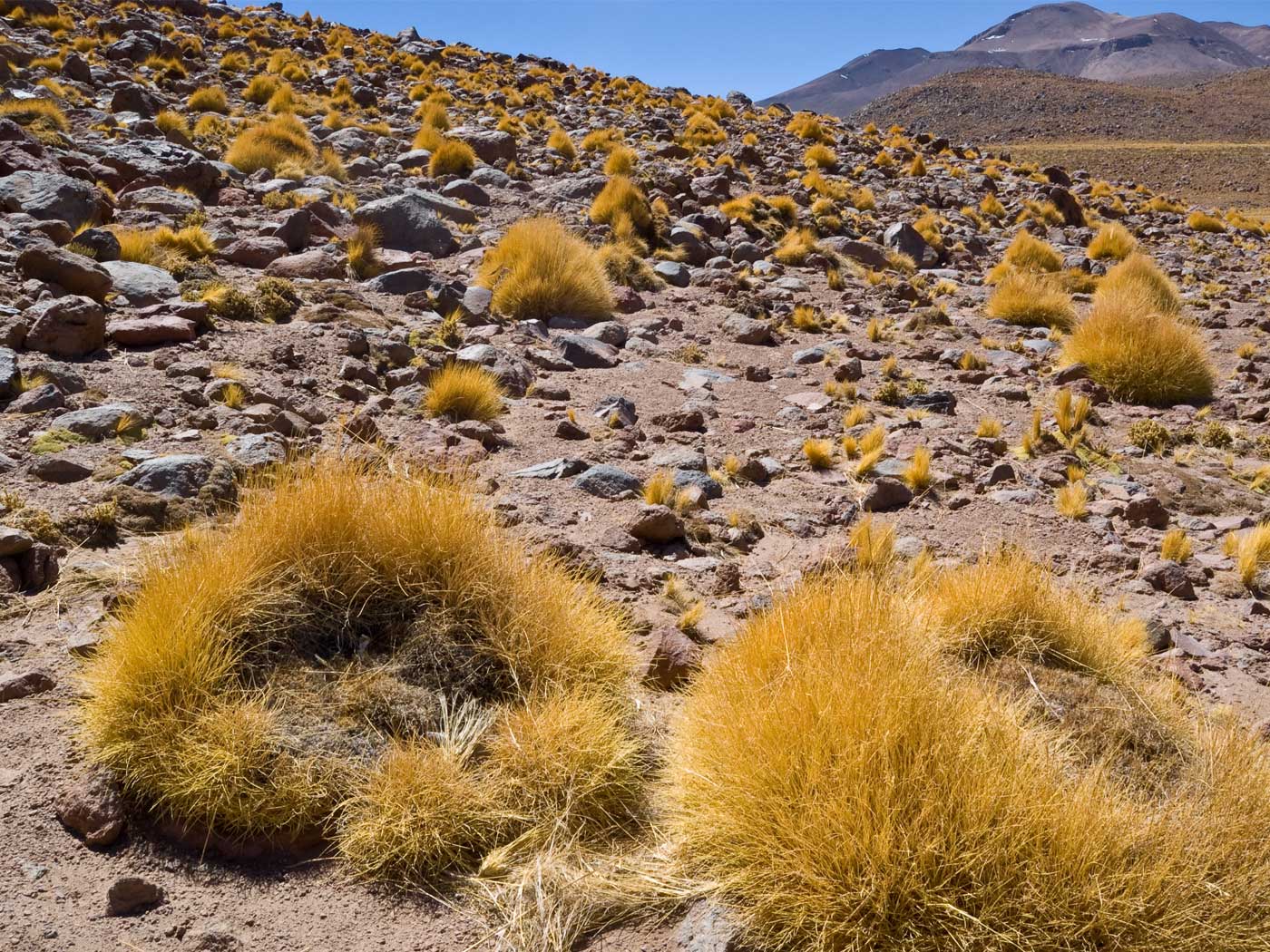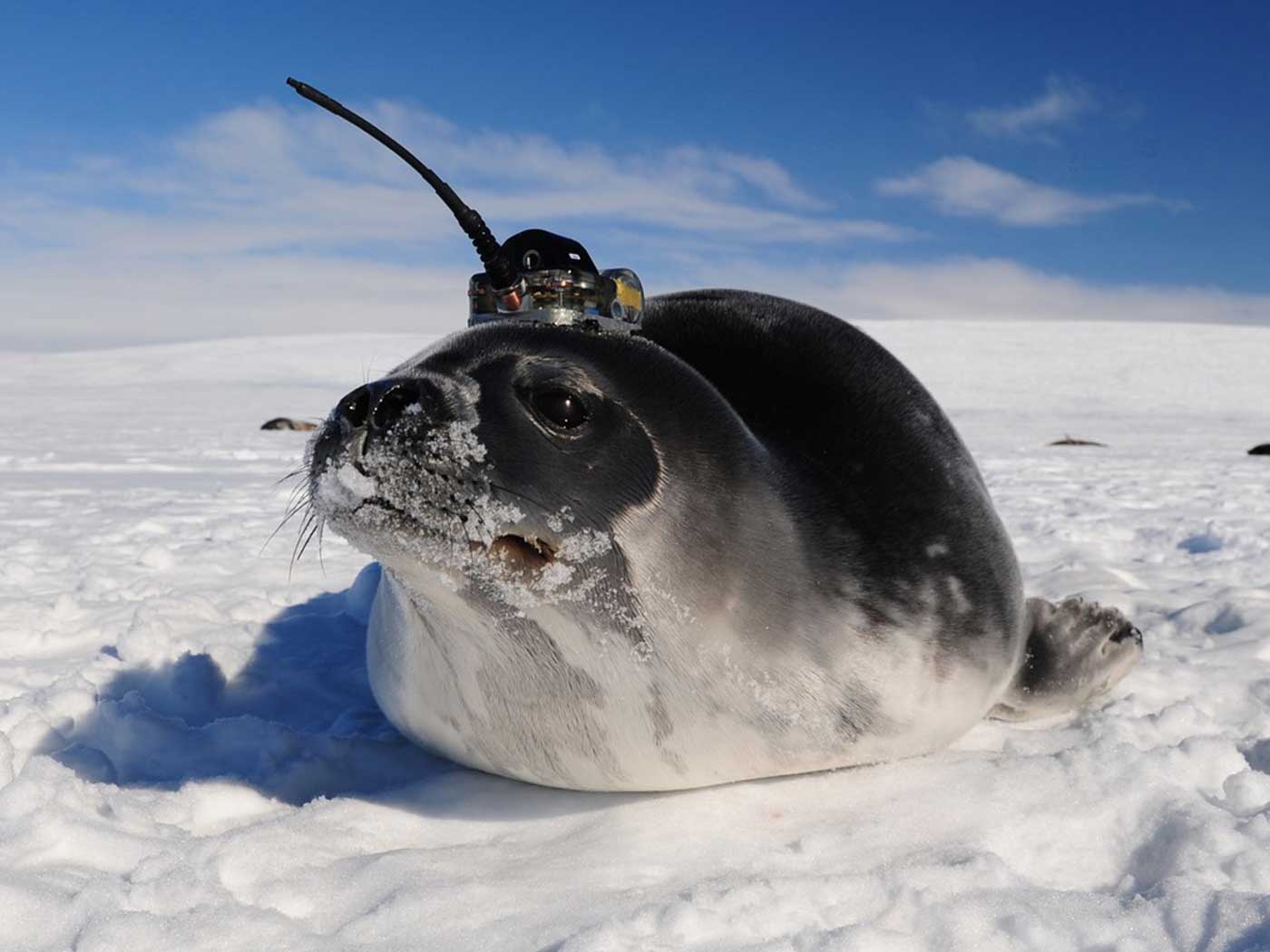Photosynthesis is a highly complex process in plants that produces carbohydrates from water, carbon dioxide, and sunlight using a light-to-electron energy conversion process that operates at near-perfect levels of quantum efficiency. The light energy harvesting process to fuel this amazing system starts with the absorption of sunlight. In the machinery of the plant cell, the light-based energy is rapidly transferred from a specialized antenna network to a reaction center, where a charge transfer process converts photon-based light energy into electrochemical energy.
One of the primary engineering design challenges for such a system is that light occurs in a broad spectrum of wavelengths and must interact with rapidly fluctuating molecular structures in the plant cell along with highly intricate energy transfer pathways. This produces a delicate interplay of physics-based quantum effects with many complex design hurdles. In other words, sunlight would be considered an exceptionally noisy energy input that must be accurately and precisely filtered or system failure would be inevitable.
In this new study, scientists cast their unproductive evolutionary mindsets aside and borrowed ideas from human engineering of complex networks, a field of study that seeks to develop efficient operations in cellphone networks and the power grid.1 Their design-based model applied to photosynthesis revealed an efficient cellular system that is able to extract and input light of two different color spectra, yet output a consistently steady rate of solar power. This highly unusual (to human minds) choice of two distinct spectral inputs has remarkable consequences towards the efficiency of photosynthesis.
Nathaniel M. Gabor, a physicist from the University of California, Riverside, was the lead investigator on the project and said,
Our model shows that by absorbing only very specific colors of light, photosynthetic organisms may automatically protect themselves against sudden changes—or 'noise'—in solar energy, resulting in remarkably efficient power conversion.2
Noting the efficiency and elegance of the photosynthetic design plan, Gabor’s thoughts immediately turned to exploiting the discovery for man-made applications and said, "Our study shows how, by choosing where you absorb solar energy in relation to the incident solar spectrum, you can minimize the noise on the output—information that can be used to enhance the performance of solar cells."
This new study not only highlights the amazing engineering of God’s creative handiwork, but also shows how abandoning the failed assumptions of evolutionary myth where somehow complex systems evolve by random processes for a design-based approach to studying life is incredibly fruitful for research.
References
1. Arp, T. B. et al. 2020. Quieting a noisy antenna reproduces photosynthetic light-harvesting spectra. Science. 368 (6498).
2. Pittalwala, I. Why Are Plants Green? ScienceDaily. Posted on sciencedaily.com June 25, 2020, accessed June 30, 2020.
*Dr. Tomkins is Director of Research at the Institute for Creation Research and earned his doctorate in genetics from Clemson University.



































